We've got 10 swords now (see the latest #Swordgate poster created by Peter Geuzen) and that's past the number where it becomes useful to start tracking data in a more organized way. I've created a database (here's an Excel file of the 1/23/2016 version) to start keeping track of the swords. This will be a "living" document to which we can add information as it becomes available (I'll be able to get metrics directly from the Design Toscano sword, the California sword, and soon the Italian eBay sword). I'll also be able to derive some metrics from photos. I'll maintain the original in Microsoft Access and post updated copies in Excel.
- Type F: This type includes copper alloy swords (n = 2) with a small section of double fullered blade near the hilt. This type includes the California sword (Sword 3) and the Sonja Sword (Sword 8).
- Type J: These are copper alloy swords (n = 4) with the distinctive set of ridges/grooves and other anomalies on the blade. This group includes the Nova Scotia sword (Sword 1) that was at the center of the whole Swordgate debacle as well as the Florida sword (Sword 2), the Italian eBay sword (Sword 4), and the France sword (Sword 6).
- Type I: These are the modern cast iron (the "I" is for iron) swords produced by the likes of Design Toscano. I don't yet know if there is any significant variability in the iron swords that are currently being sold under various different names. There could be, I suppose, and it might be somewhat interesting. But I think it's more likely that these modern iron swords are probably all produced from a copy of a single "parent" that is somewhere farther back in the Fake Hercules Sword lineage.
I think there may be modern copper alloy reproduction swords being produced somewhere (if not currently, then in the recent past). These swords appear to have relatively "clean" blades (i.e, unlike the Type J swords). I think the Spain sword (Sword 7) and the sword currently for sale on eBay from Florida (Sword 10). If the raw material of those swords could be confirmed as copper alloy and the measurements could be shown to match, I think we'd be justified in created a "type" for them.
Understanding and organizing variability is one of the first things archaeologists have to do when confronted with an assemblage of things. It's impossible to do with a single example, of course, because there's nothing with which to compare that single example. As the number of Fake Hercules Swords has grown, we've been able to start to get at variability and develop some ideas about that variability means.
The Mother Of All Fake Hercules Swords (MOAFHS) may still be out there to be found, and that's still a question of interest. As we discussed in this blog post (and many insightful comments), there are a number of plausible ideas about what the MOAFHS might have been. The possibility that the MOAFHS was a real ancient Roman sword in the Naples Museum (as maintained by sword advocates) now seems pretty remote. The possibility that the MOAFHS was originally created as a tourist souvenir seems much more likely (it has also been suggested that the MOFHS could have perhaps been a hunting sword, some kind of figural dagger, or even a movie prop).
As far as chronological significance, my money is still on Type F as the earliest. It seems to have the greatest detail in the figure and blade details (fullers) that are absent in the other types. As Jonathan Feinstein pointed out, the fullers on the Sonja sword appear to be possibly longer than those on the California sword, suggesting it may be earlier in the copy chain. We have direct evidence from the Sonja sword that Type F dates to at least as early as 1970.
Finally, I have started a Facebook group "Fake Hercules Swords" for those interested in this. Several good sword leads came via Facebook, so I think it's good to keep that channel as open as possible.
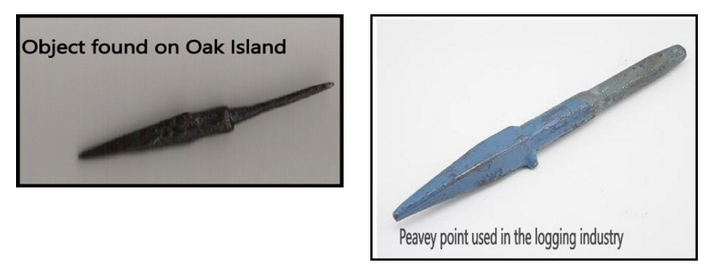
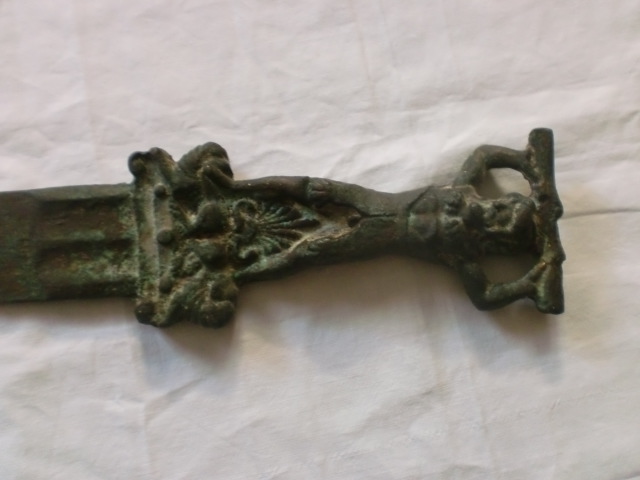
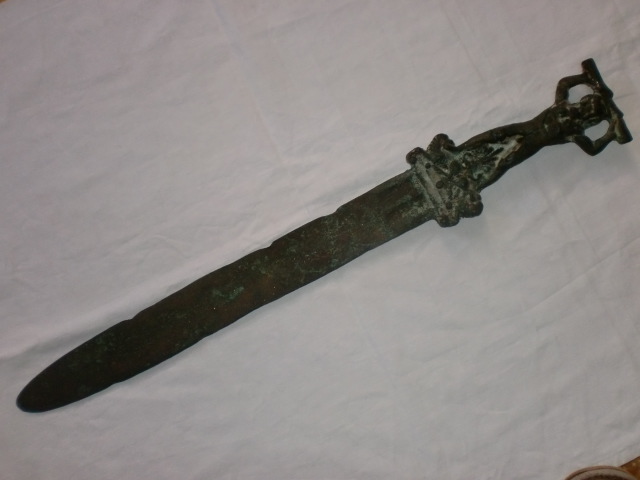
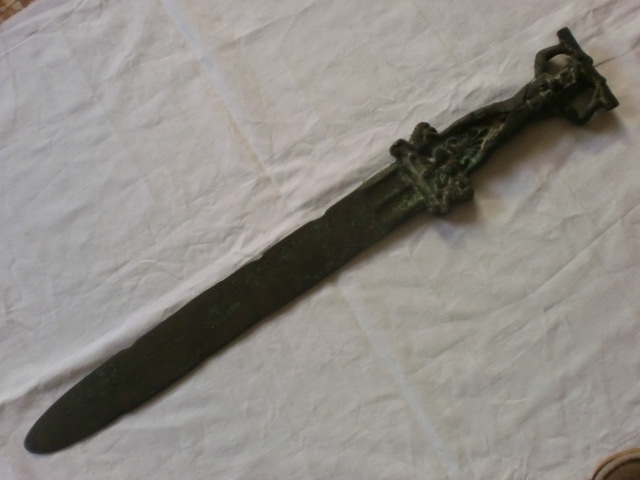
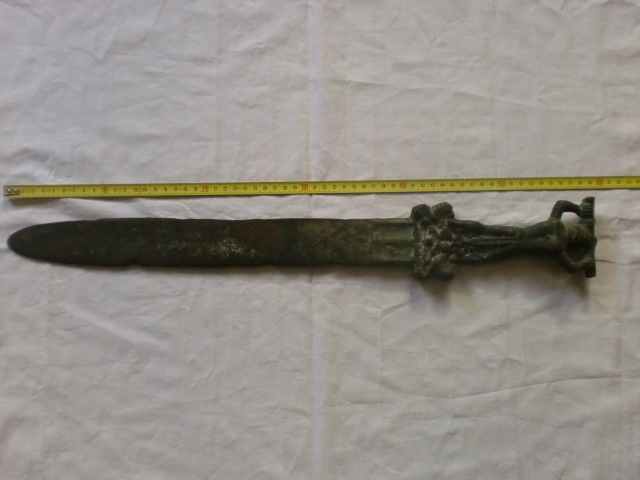
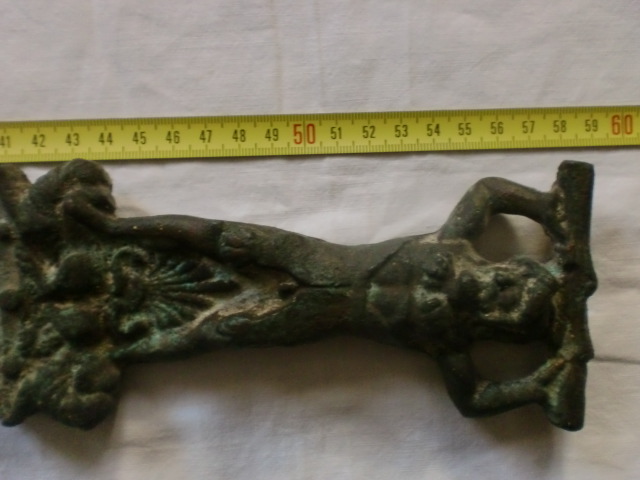
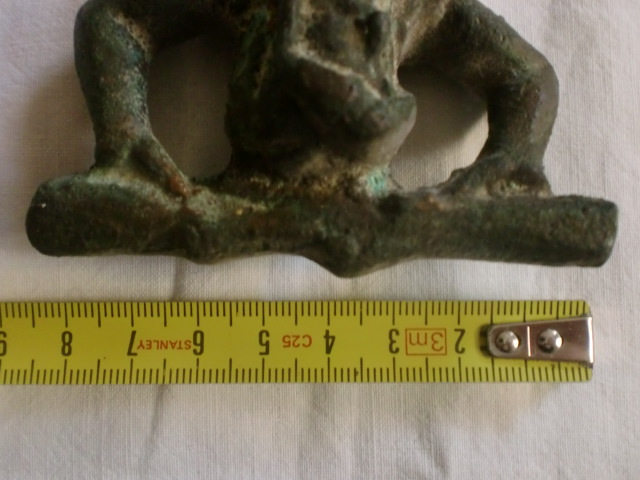
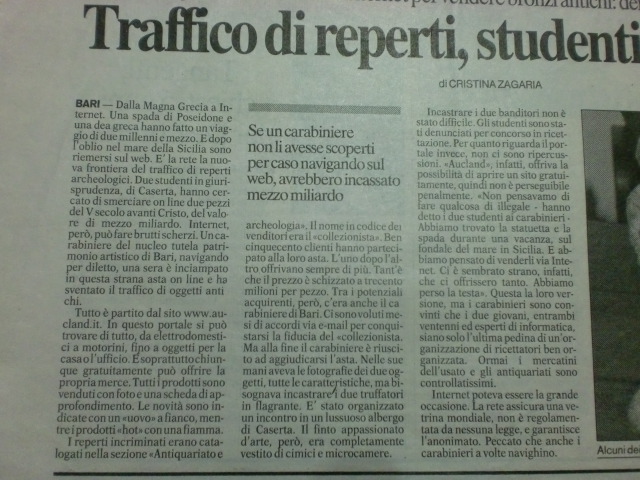
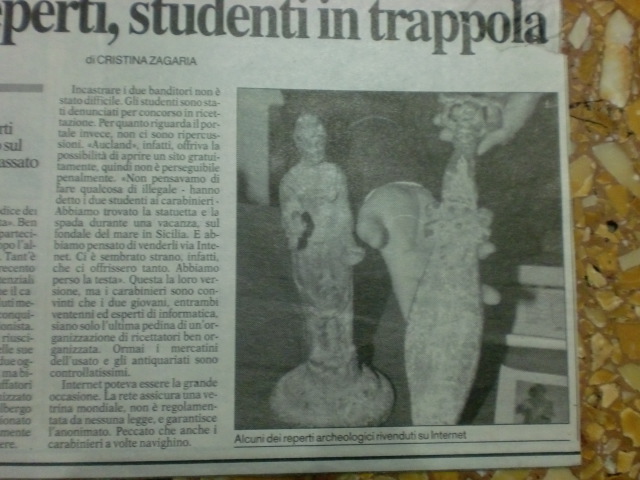
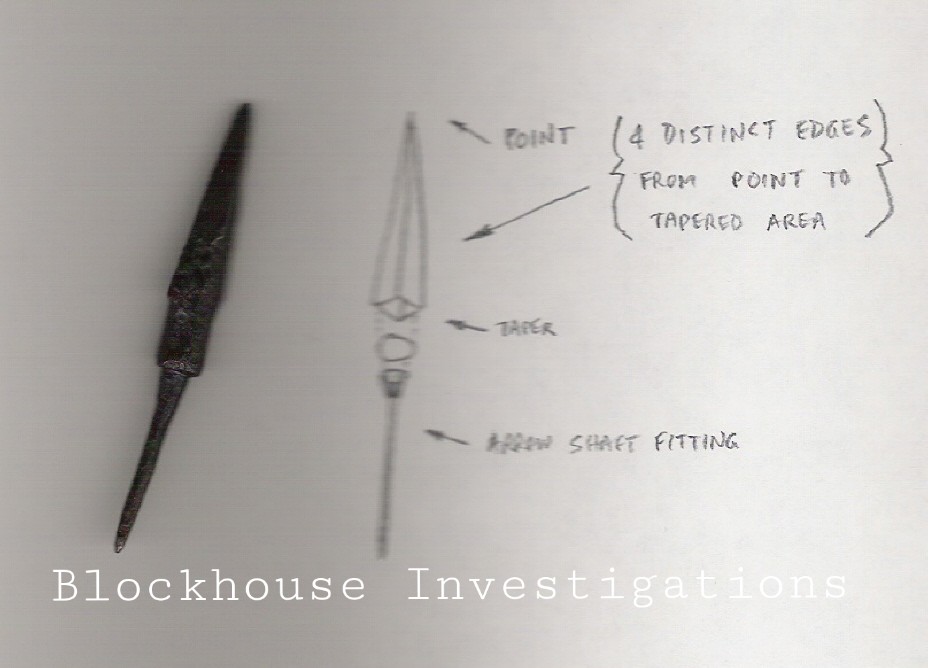
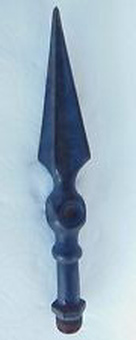

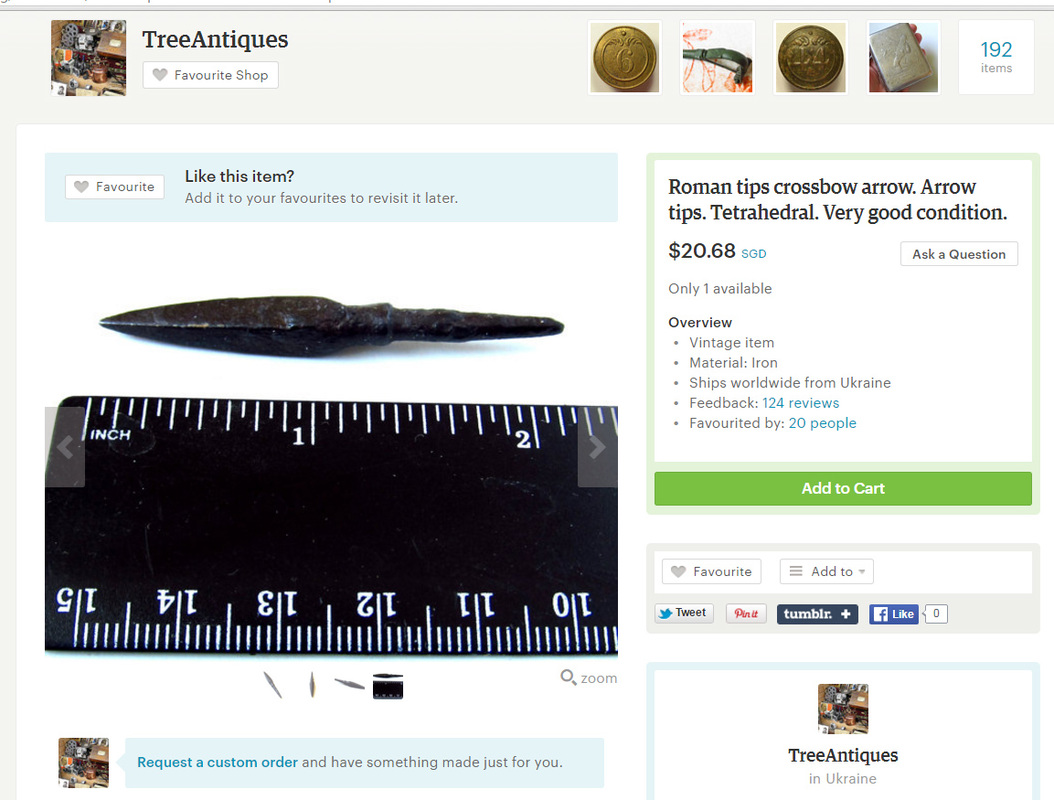
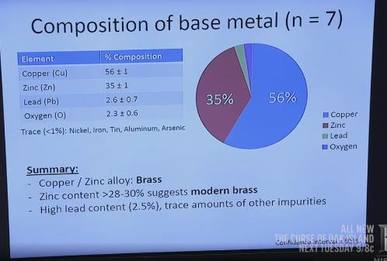
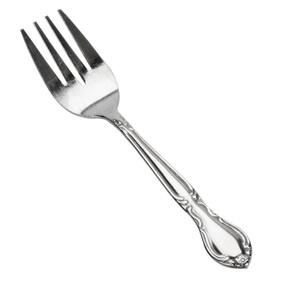
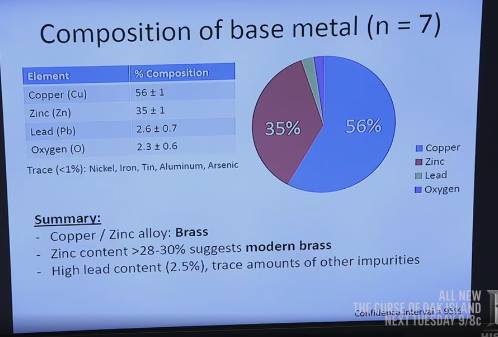
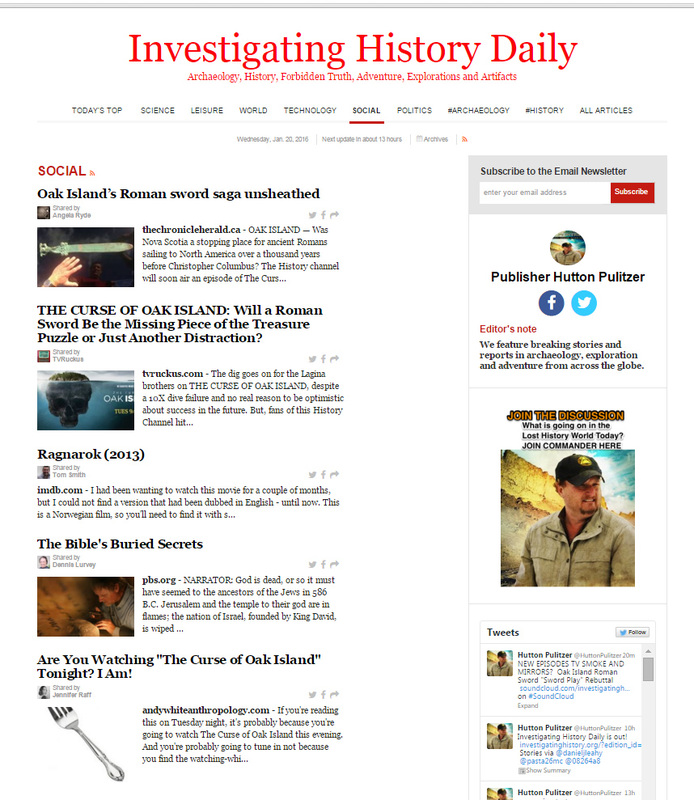


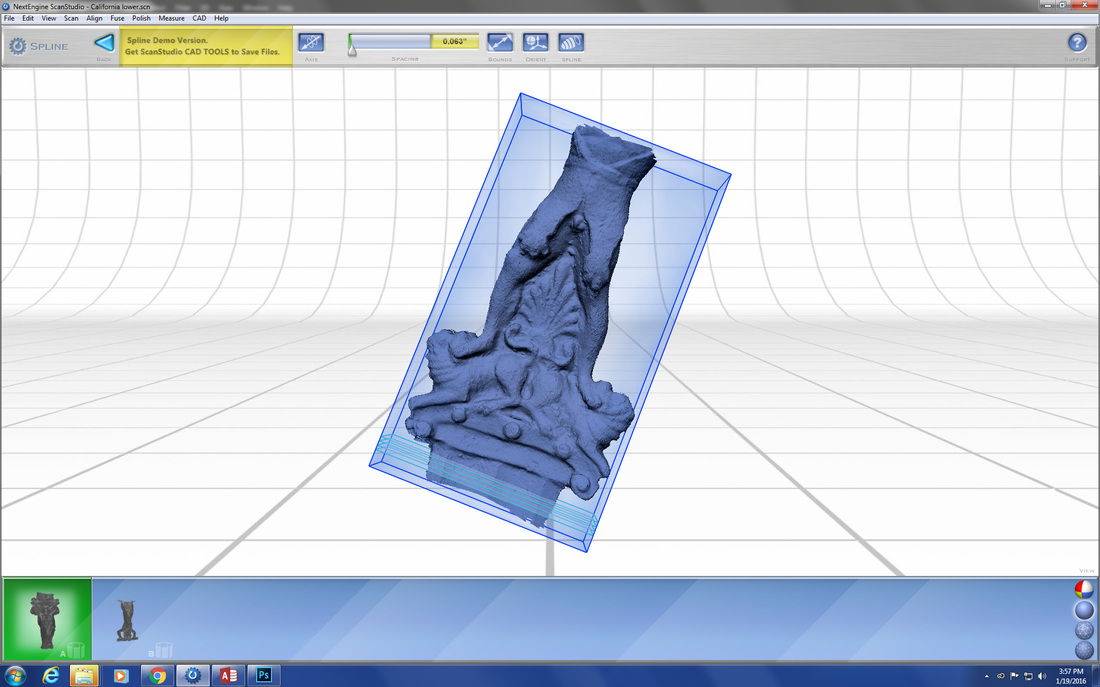
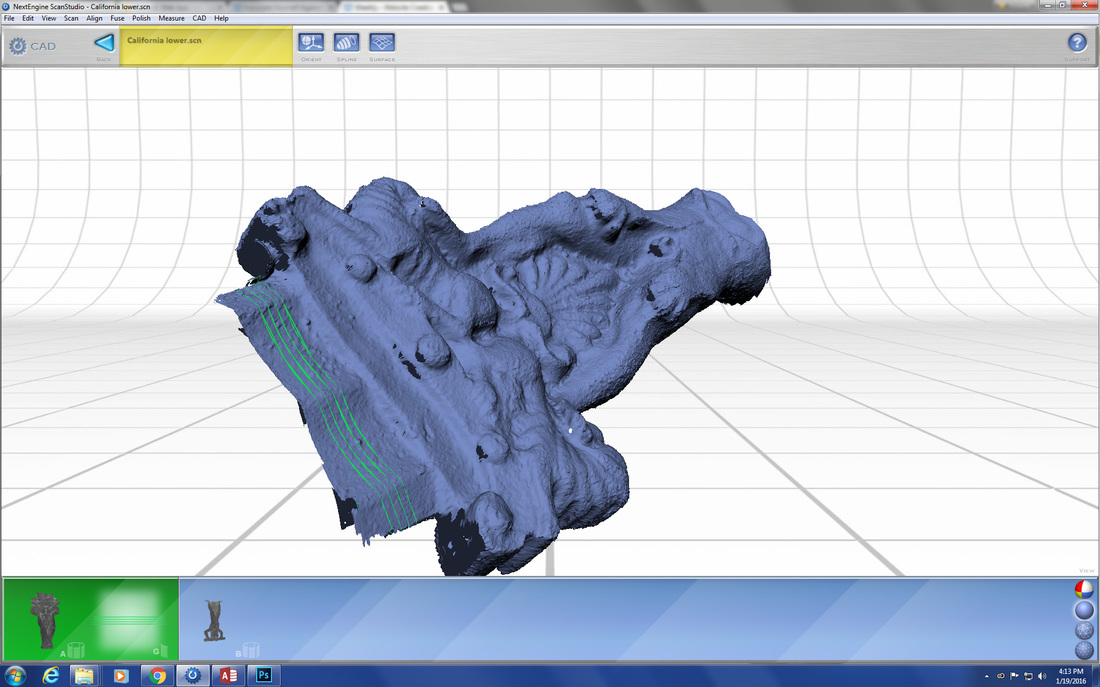
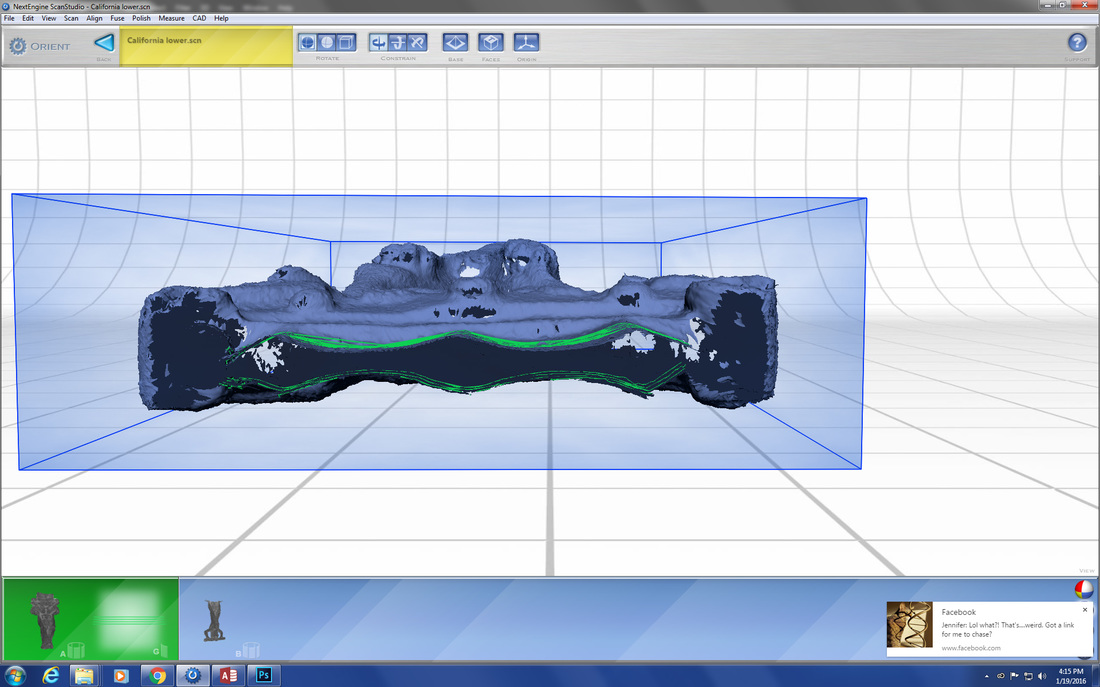
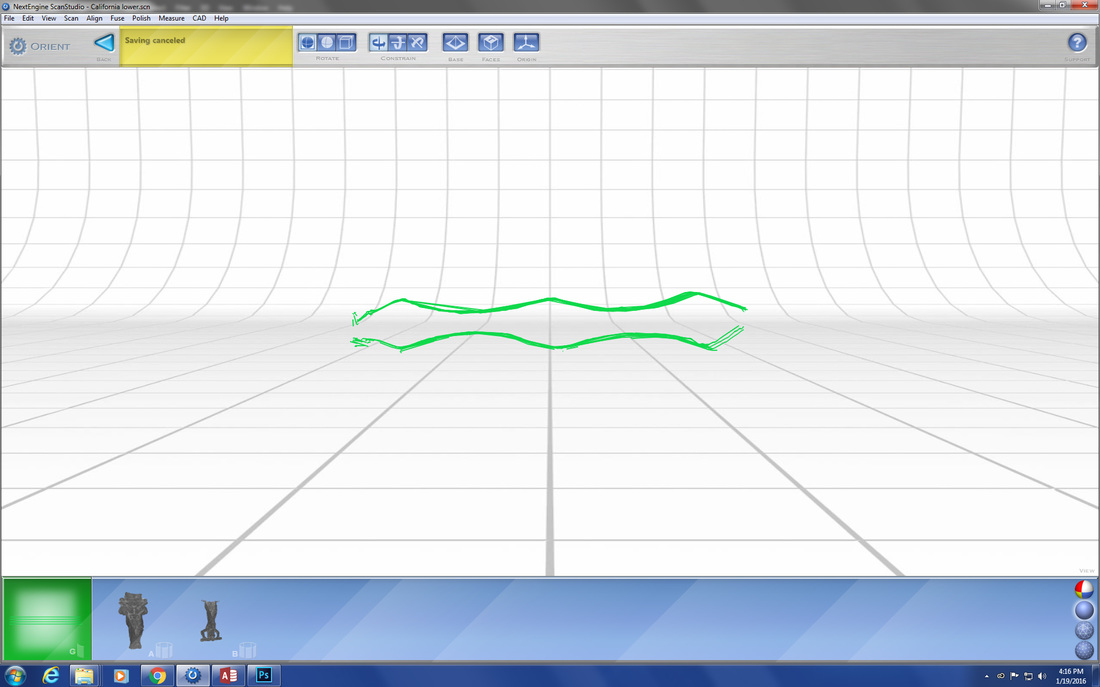
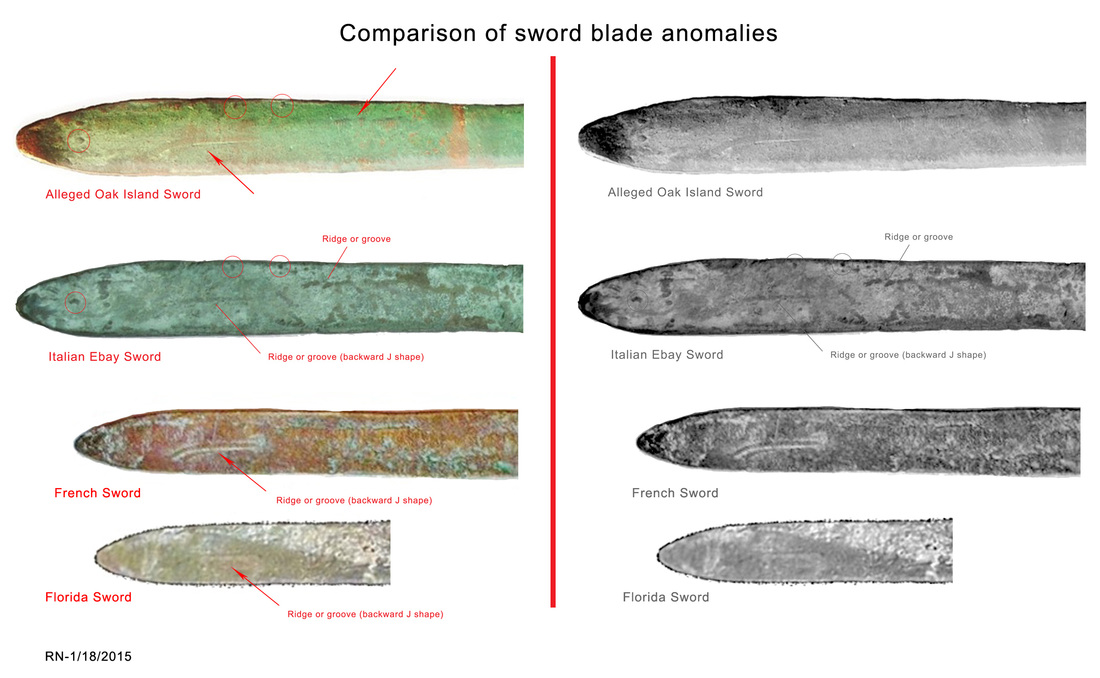

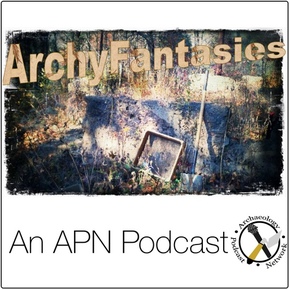


 RSS Feed
RSS Feed
